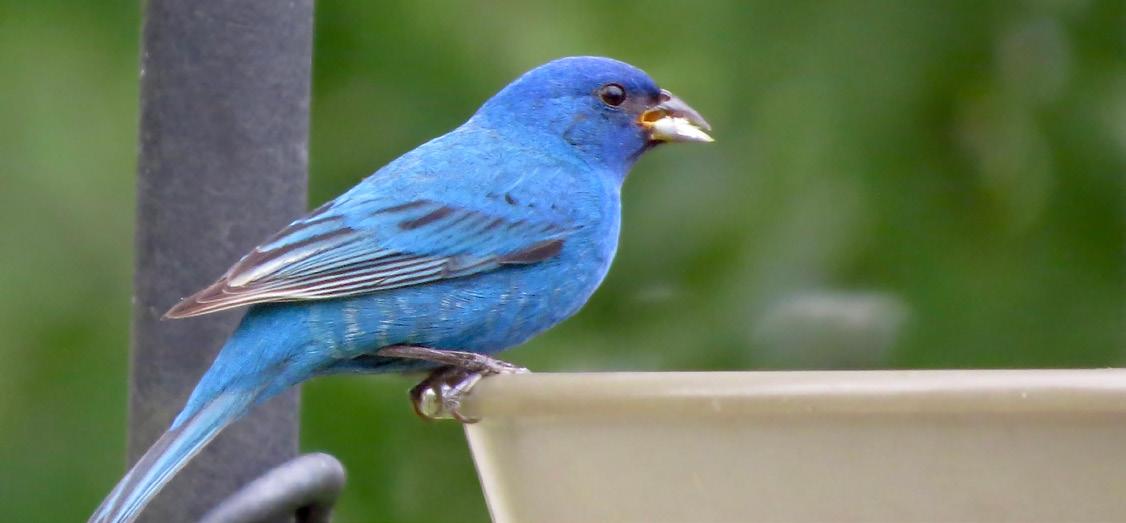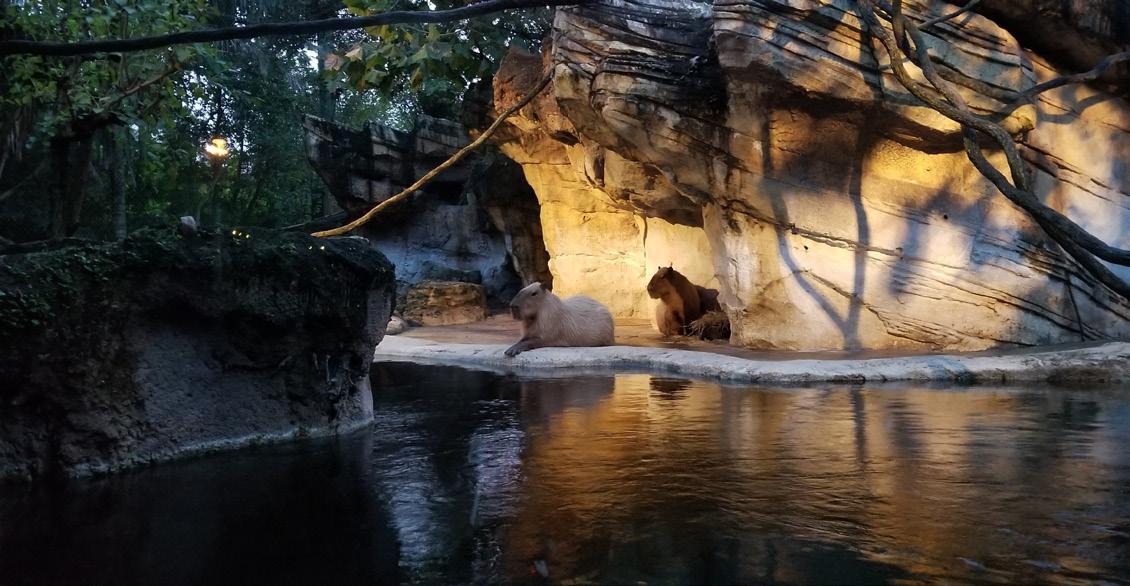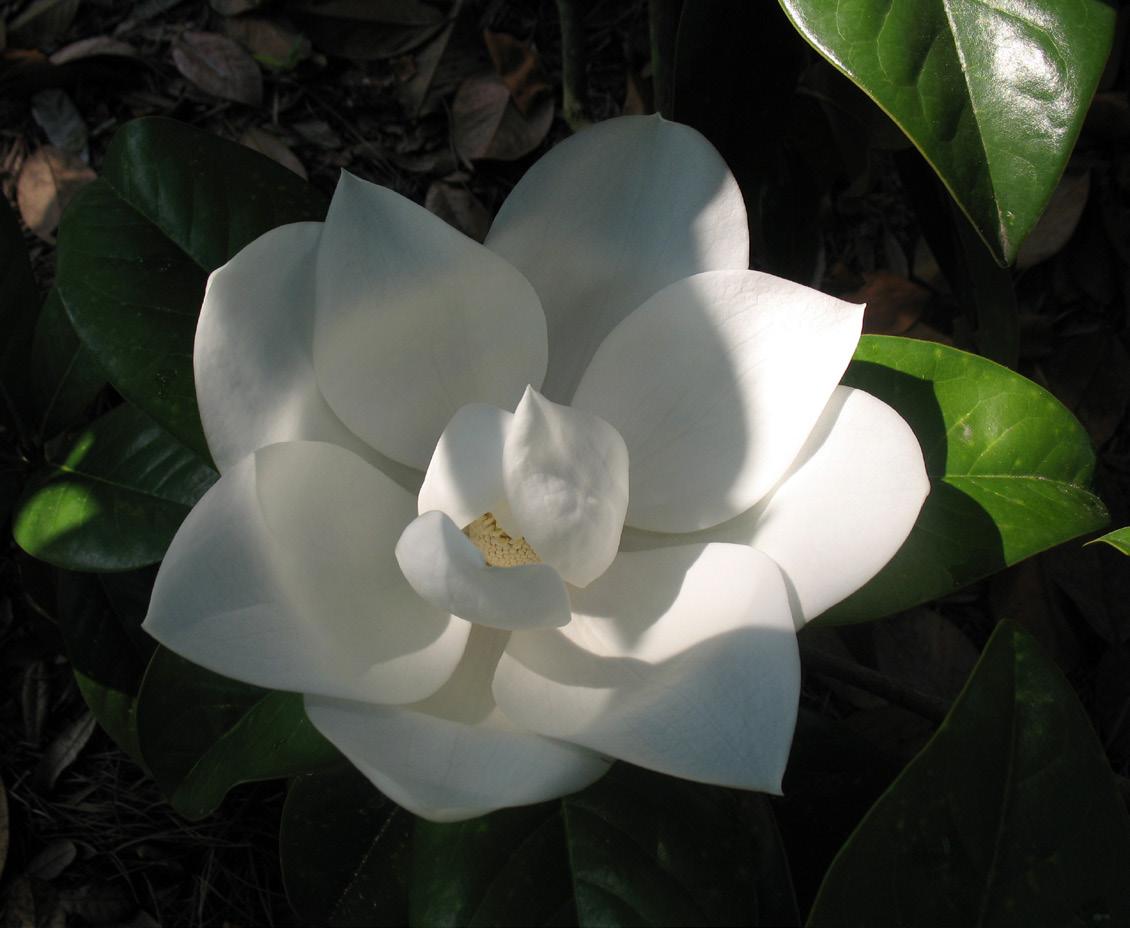WHAT'S NEW
Births Hatchings Acquisitions By Donna Bear, Curator of Species Management and Jasmine Alvarado, Species Management Officer
Corn Snake (Pantherophis guttatus) While popular for bright red and orange coloring, the corn snake’s belly also has an interesting pattern that shares a likeness to piano keys or a black and white checkerboard. Some even believe the snake was named after the pattern resembling Indian corn. Within a single clutch, a female can lay as little as three eggs or as many as 40. Corn snakes mostly eat small mammals, but will also eat birds, eggs, lizards, amphibians, and other snakes. While they swallow small prey live and whole, larger prey will be killed by constriction before swallowing. Corn snakes are often confused with the copperhead and the best way to distinguish them is coloration and body proportion. Like their name suggests, copperheads have a solid copper coloring on their heads, while corn snakes have distinct lines that converge to a point between the eyes. Corn snakes are moderately proportioned while copperheads are heavy-bodied like the eastern diamondback with hourglass patterns.
Eastern Diamondback Rattlesnake (Crotalus adamanteus) Eastern diamondback rattlesnakes typically favor pine flatwoods, palmetto thickets, and turkey oak woodlands for their homes, making the Lower Coastal Plain of the U.S. the perfect habitat for them. Their location ranges from southwestern Mississippi to southern North Carolina, plus all of Florida including the Keys. Diamondbacks do not lay eggs, but instead give birth to live young. They stay with the mother for three weeks before venturing out on their own, already capable of defending themselves. As the largest and heaviest venomous snake in North America, eastern diamondbacks are considered one of the most dangerous because of their venom. Death can occur in 24 hours if injected into a human adult’s bloodstream and left untreated. While a diamondback only bites as a last resort, its striking distance can be up to two-thirds of its body length. Therefore, a 6-foot snake could potentially strike up to 4 feet.
6
WILD MAGAZINE • WINTER 2020–2021 • JACKSONVILLE ZOO AND GARDENS
PHOTOS: CHRIS CARUSO (TOP), CAYLE PEARSON (BOTTOM)








